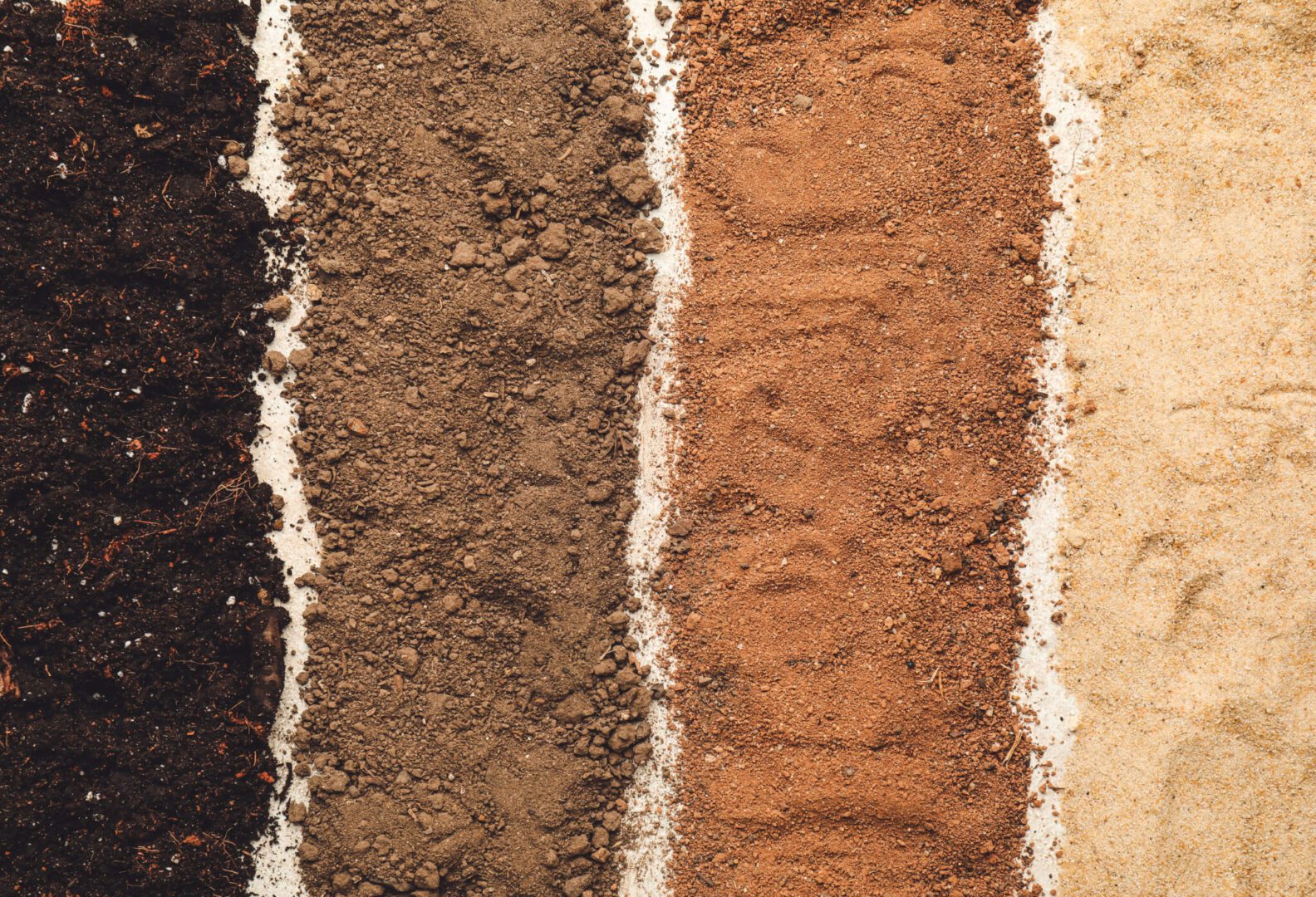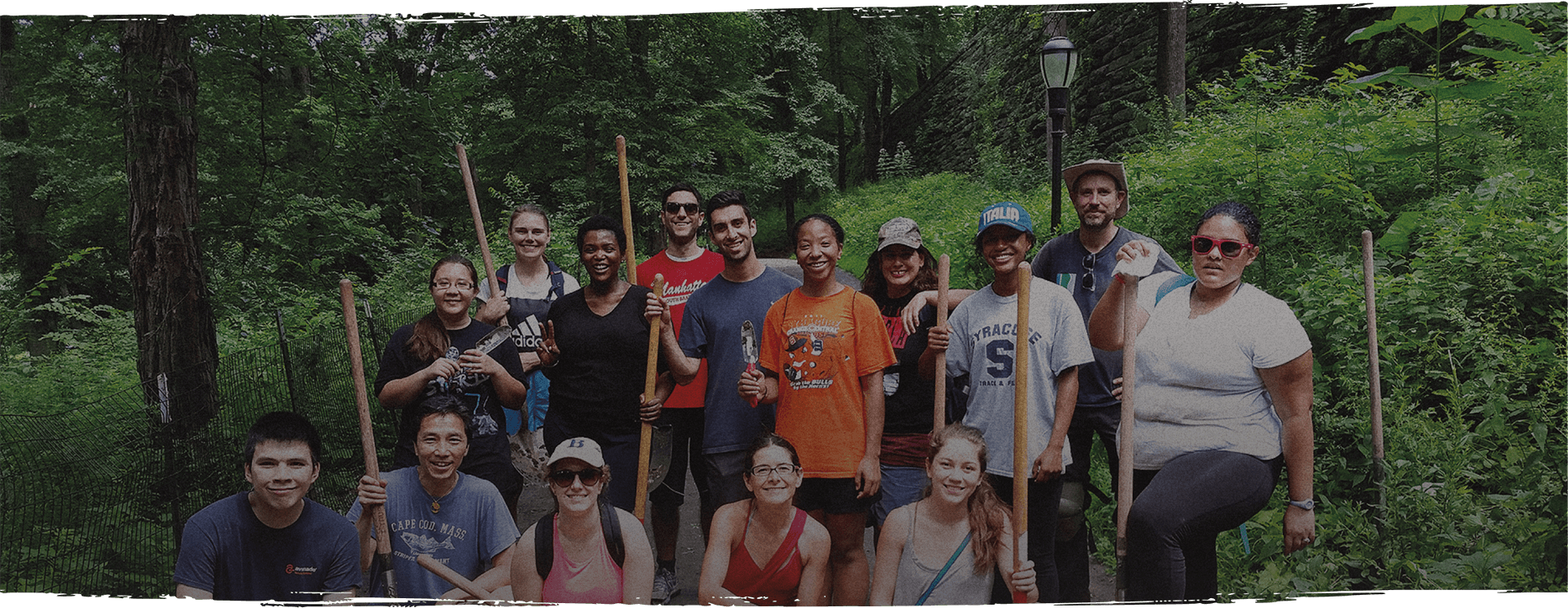December 10, 2023
By Anastasia Galkowski, Sustainability Manager
We are deeply disappointed to hear about proposed City budget cuts to community composting programs. A piece from THE CITY states that with these cuts, “most food waste collected through public programs will become gas or landfill, not compost.” Indeed, the proposed cuts have immediate impact: food scrap drop-offs at local processing sites will be eliminated, there will be no free compost for those who care for their neighborhood street trees, curbside composting be delayed again, and 115 green jobs will be lost.
Here is some context for those of you who want to dig into the bigger picture:
1/3 of New York’s waste is organic. In other words, 1/3 of all trash is biodegradable, consisting of things like food scraps, cardboard/paper, or clippings from lawn and garden maintenance. With a network of local organizations dedicated to composting, much of these food scraps and organic waste is currently diverted from landfills and transformed into nutrient-rich soil amendment. These community composting sites provide a vital solution for the ongoing issue of excessive garbage, all the while reducing methane emissions caused from landfills, reducing the presence of rats around food-filled trash bags, and ultimately helping to heal the City’s extremely damaged soils by applying the final product of compost.
Community composting organizations, including Grow NYC, Lower East Side Ecology Center, Earth Matter NY – as well as botanical gardens across the City’s boroughs – divert more than 8.3 million pounds of organic matter from landfills each year!
Unlike in these community-centric programs, most food scraps collected through the City’s Department of Sanitation (DSNY) programs – including brown and orange compost bins – are not actually composted. Many scraps are sent to sewage treatment plants like the one in Newton Creek, where biodigesters use anerobic processes to convert sewage and organic waste to biofuel.
This biofuel is intended to power homes (and is used to power the treatment plant itself) – but the biodigesters’ function has been stalled and problematic since the project began in 2013. Additionally, the process of conversion causes methane to ‘flare off’ into the atmosphere and produces a solid byproduct, most of which gets sent to a landfill anyway. Some scraps from NYC are even being exported out-of-state to Massachusetts to create energy and farm fertilizer.
All of this to say: the current infrastructure and system for composting in New York City needs far more investment, and we stand by other advocates and NYC residents in demanding that the City continue its support for community partners who have passionately promoted and facilitated composting right here in New York for decades.
These organizations are directly involved with residents around the boroughs by facilitating free Master Composter trainings, creating green jobs, and providing educational opportunities for New Yorkers to learn about soil health and get involved with the composting process.
Riverside Park Conservancy is deeply grateful for our partnership with these organizations – they have provided guidance to our team as we launched the Park’s composting site at 95th Street this year and have co-facilitated compost workshops in the Park.
These are deeply valuable organizations that add tremendous value to the City by reducing landfill-bound waste and subsequent air pollution and helping to heal the significantly compromised and polluted soils – all the while creating joyful community of folks who want to be involved in urban gardening and environmental justice work.
We urge you to join us and advocate for community composting. Please sign the Grow NYC petition, urging Mayor Eric Adams to halt the elimination of these essential programs.
About Riverside Park Conservancy
From 59th Street to 181st Street, from riverfront to city-side, Riverside Park Conservancy cares for and enhances six miles of parkland for present and future generations. Working together with the New York City Parks Department, we make improvements as diverse as the park itself and the city it serves.

